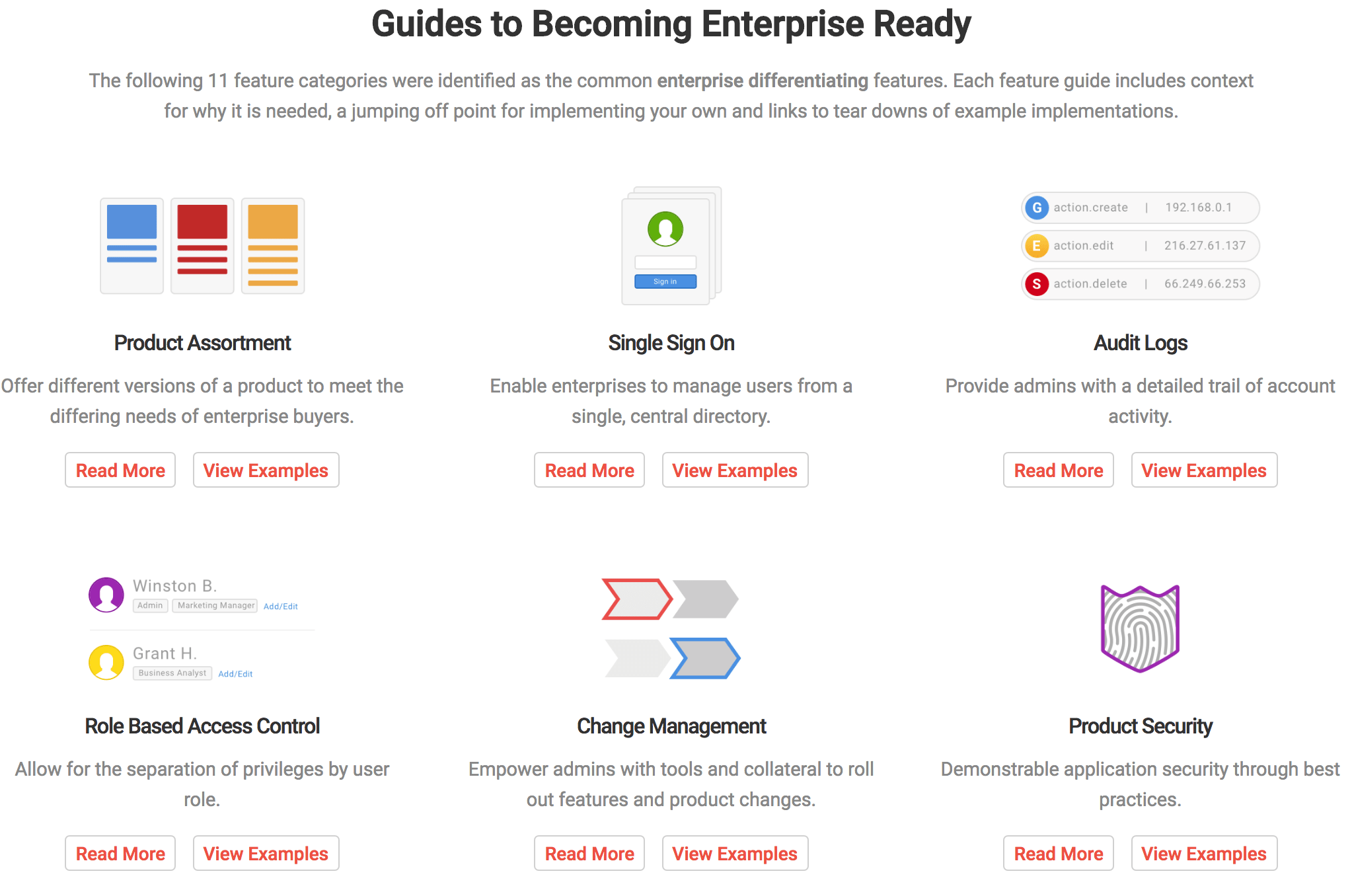After a SaaS startup has gained traction with SMBs and mid-market customers, they often feel a pressure to move up-market. Sometimes, demand for a product is so great, larger customers the pull the company up-market before they are ready. The startup finds itself in a critical position - both the product and the sales motion must evolve quickly.
Zack Kass is a friend who advises SaaS startups on their enterprise selling motions and playbooks, refining the account executive profile, and developing a deal strategy. Together, they form foundation of their enterprise sales strategy. Zack’s expertise comes from experience, and as he’ll tell you, each startup’s enterprise sales strategy is a bespoke suit, sculpted to enhance a company’s strengths.
Zack and I agree that unlike the custom go-to-market strategy a startup must develop, the list of product features necessary to move into the enterprise is fairly standardized. In most cases, an enterprise buyer insists upon a predetermined set of features and capabilities before signing a purchase order. But what are they?
Replicated, Segment and Jaspersoft recently published an open-source guide to moving into the enterprise called EnterpriseReady.io.
Single Sign On integration, audit logs, and role based access control are three of the eleven categories. Each category includes a description of the feature with links to examples that walk through implementations from leading SaaS companies.
Ultimately, these are the first features that will signal to enterprise buyers that a startup’s product is ready for enterprise adoption. The team’s ability to speak credibly about these features and their benefits is critical to success up-market - not just in product and sales, but marketing, customer support and engineering.
This collection of 11 features is a useful resource to guide product managers on the key aspects of an enterprise product and lead the conversations internally about roadmap priorities as the company transitions from serving the mid-market.
